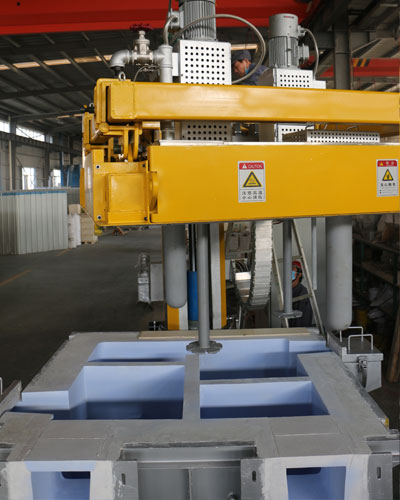Casting is a common metal and alloy-forming technique where a liquid or molten material is poured into a mould to cool and solidify into the desired shape. However, the structural integrity of the finished part is often compromised by the formation of small voids or porosities in the materials. In particular, aluminium alloys are subject to porosities due to the presence of hydrogen gas bubbles in the molten metal. Usually, a rotating degassing system is used to complete the degassing operation.
Rotating degassing system uses an inert gas to remove hydrogen from molten aluminium to improve metal quality. Inclusions can lead to reduced fluidity, increased porosity, loss of mechanical properties, poor surface finish, broken tools, lack of pressure tightness and reduced corrosion resistance.
In the process of degassing molten metal, it is sometimes necessary to treat molten metal with gas. For example, it is customary to introduce gases such as nitrogen and argon into molten aluminum and molten aluminum alloys to remove undesirable components such as hydrogen and non-metallic inclusions. Chlorine gas is introduced into molten aluminum and molten aluminum alloy to remove alkali metals such as magnesium.
The gas added to the molten metal chemically reacts with the unwanted components and converts it into a form that is separated from the molten metal or can be separated from the molten metal (such as precipitate or scum). In order to improve efficiency, the gas should be dispersed as thoroughly as possible throughout the molten metal.
The more thorough the mixing, the greater the number of gas molecules in contact with the undesirable components contained in the molten metal. The efficiency is particularly related to the size and number of bubbles, and the extent to which the bubbles are fully mixed with the molten metal in the entire vessel containing the molten metal.

